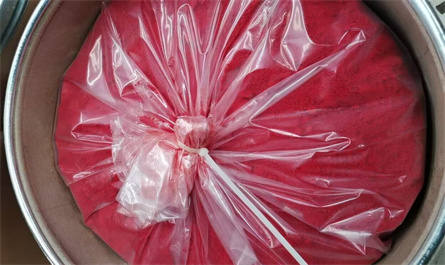Advantages of mixing Sodium Nitrophenolates and urea
what's the Advantages of mixing Sodium Nitrophenolates and urea?

First, soil use can promote crop photosynthesis. Urea itself is easily soluble in water, and watering or rainfall will lead to the loss of nitrogen. Adding Sodium Nitrophenolates has super permeability, which can promote crop photosynthesis, that is, accelerate the absorption of nitrogen.
Second, as a foliar fertilizer, urea itself is a very good foliar fertilizer with strong solubility. But there is one thing about urea as a foliar fertilizer, the biuret content cannot exceed 1%, otherwise there will be leaf burn. As a foliar fertilizer, the fertilizer effect is faster, mainly because Sodium Nitrophenolates has high permeability and urea is easily soluble in water, and urea is a large molecule, so the absorption efficiency will be higher.
Third, Sodium Nitrophenolates and urea are mixed. The sodium nitrophenolate compound has the effect of promoting the synthesis of amino acids, proteins, vitamins, etc. in the crop itself, which may be a bit abstract. However, the synthesis of these factors also requires a large amount of elements, which is the advantage of compounding. These synthetic substances are necessary to improve crop quality and yield, which are what we call nutrients.

First, soil use can promote crop photosynthesis. Urea itself is easily soluble in water, and watering or rainfall will lead to the loss of nitrogen. Adding Sodium Nitrophenolates has super permeability, which can promote crop photosynthesis, that is, accelerate the absorption of nitrogen.
Second, as a foliar fertilizer, urea itself is a very good foliar fertilizer with strong solubility. But there is one thing about urea as a foliar fertilizer, the biuret content cannot exceed 1%, otherwise there will be leaf burn. As a foliar fertilizer, the fertilizer effect is faster, mainly because Sodium Nitrophenolates has high permeability and urea is easily soluble in water, and urea is a large molecule, so the absorption efficiency will be higher.
Third, Sodium Nitrophenolates and urea are mixed. The sodium nitrophenolate compound has the effect of promoting the synthesis of amino acids, proteins, vitamins, etc. in the crop itself, which may be a bit abstract. However, the synthesis of these factors also requires a large amount of elements, which is the advantage of compounding. These synthetic substances are necessary to improve crop quality and yield, which are what we call nutrients.



